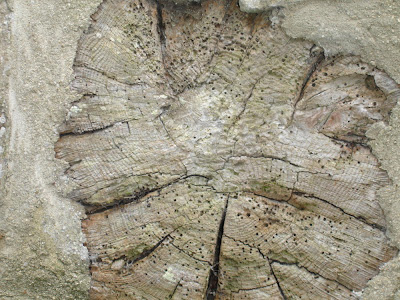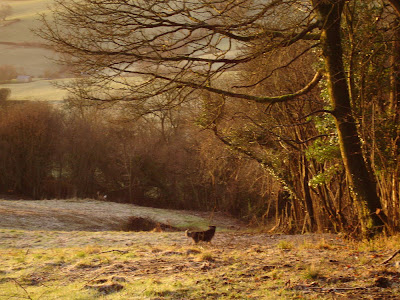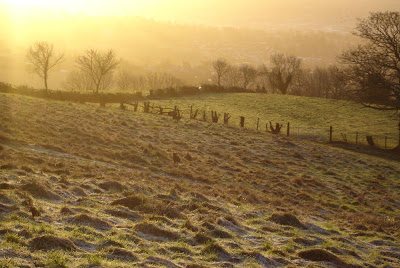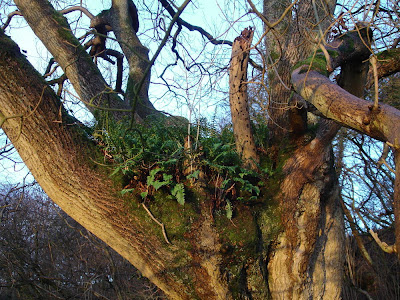Reading David Field's
Earthen longbarrows gives rise to some thoughts as to reasons how some things might have been viewed in neolithic age....
1) Turf; - symbolic removal of turf to cover longbarrows, could be that land that is stripped for cultivation, would have a special symbolic significance - not all land only virgin territory?
Regeneration or renewal, a setting aside of earth that is sacred, which perhaps goes back to the 'goddess' image of the earth. This can be seen at Silbury - the primary mound 'captures' in its turves, flowers and seeds to be carried into the future? (immediate covering of this small mound) or, back into the past, or a giving to the the earth. Whatever, turf is important, for it comes from many different places within the landscape.
2) Ditches can be seen as barriers to keep 'evil' spirits out but they also can be seen to keep spirits/ancestors confined to the longbarrow. Silbury has ditches with a narrow causeway to the south?, the water is a barrier, only a chosen few can walk across the causeway - similar to a stone circle.
3) Water; water represent s something - it is a mirror... it can be motionless, or in a river running towards a particular landscape. You can hear running water 'talk' but still water reflects the outer world, though in a sense drawing you into another liminal world when you look down into its depths.
Our modern world is defined by the 4 compass points N/S/E/W, yet neolithic understanding would only be aware of the circular nature of the world - the sun rising in one part and traversing its path through the sky to the other side, until it disappears.
So if the the causeway faces towards the zenith of the sun what does it signify, WKLB faces the rising east sun, and EKLB faces N/E?
So do the 'spirit/ancestors' escape from these two longbarrows, or trapped by the ditches, and the filling in of WKLB made sure there was no escape.
What are the spirits captured in Silbury then, if any, ancestors? strange beings that inhabit the landscape as seen in the strange shapes of the sarsen stones, so eloquently expressed on the Avebury stone circles.
Neolithic people ask the earth to regenerate its bounty - food, pottery, bones of animals, bones of people - rebirth? Another world to be travelled to as with the Beaker people who take their goods, - drinking mugs,weapons and jewellry with them.
Silbury has none of things - a large mound, empty of human bones?
Past, present,future; was Silbury a great undertaking to ask the earth/gods/ancestors to replenish diminishing resources - why then use up so much of the earth's resources?
What is the kernel of truth that lies buried at the heart of Silbury - not gold, not bones, not a goddess figure - but the earth itself. A miniature landscape, a mound surrounded by water from which at the top you could see all the different horizons of the downs, a place to see the'coming' of the winterbournes?
Captured spirits,seeds, land; Human bone is unimportant it is the essence, the soul...animus mundi occupying both people, animals and land, melding together they are an integral part of the fecund side of nature - no death, only all this living tissue of life coming and going through time, same animals, same humans, same plants....
Stone rivers in the landscapes; Piggledene, Fyfield Down, the field round Devil's Den, up to the 1940s was apparently covered in sarsen stones, the mound being undistinguishable...
Covering of Silbury - the layering "toblerone" effect as experienced by Atkinson.
Longbarrows round Silbury, do they represent territores, being built of the edge of land of different clans. So does Silbury pull those territories together, does she stand at a centre representing a tribal confederacy - a meeting place by the waters of the winterbournes..


.jpg) Looking towards Adams grave
Looking towards Adams grave








.jpg)
.jpg)
.jpg)